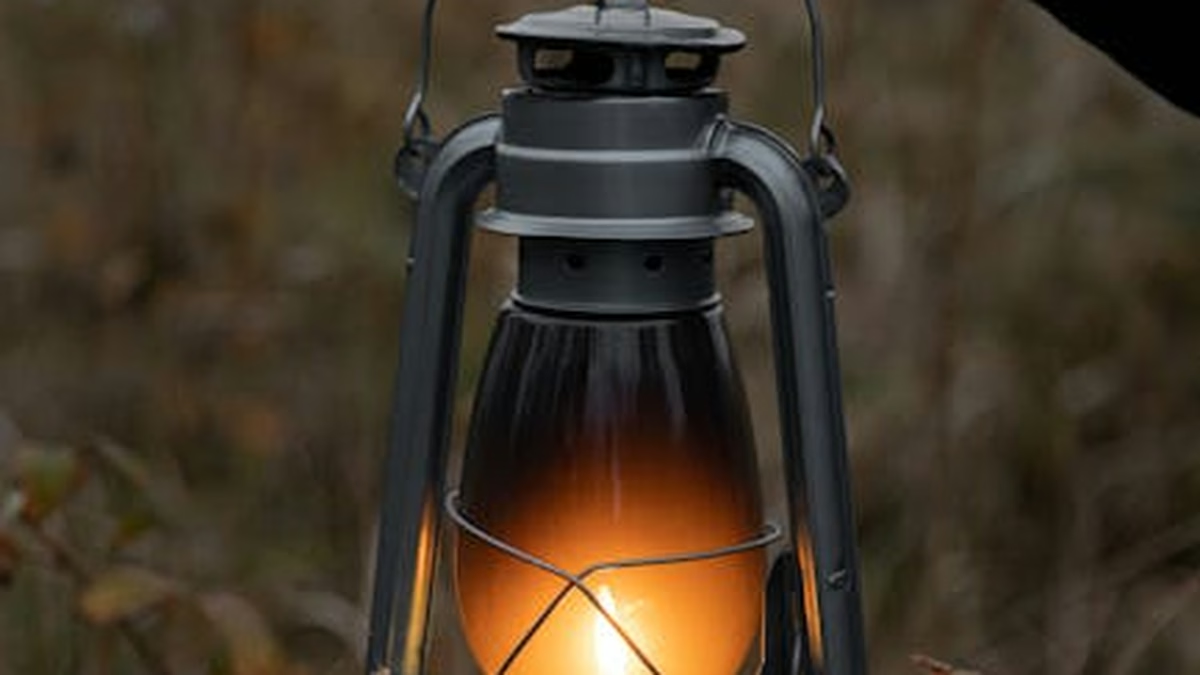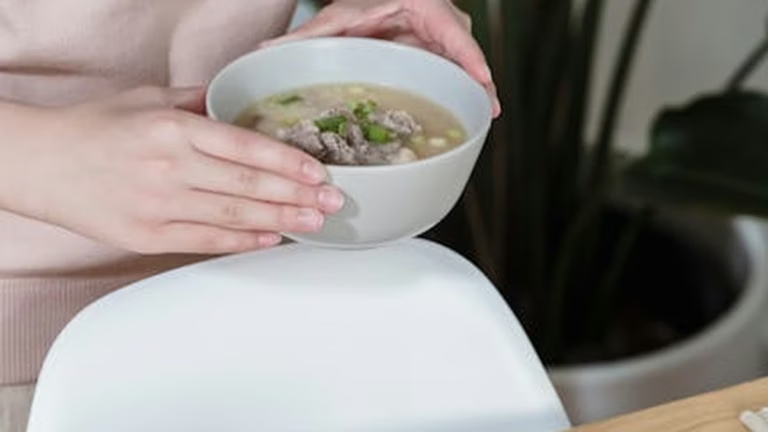SAD Therapy: Light & Mood Boost
October marks the official start of autumn, a season of beautiful foliage and cozy sweaters. However, for many, it also heralds the onset of Seasonal Affective Disorder (SAD), a type of depression related to changes in seasons. As daylight hours dwindle, SAD Therapy becomes increasingly important. This guide will explore effective SAD Therapy options, focusing on light therapy for SAD and practical October mood boost strategies to help you combat winter blues and thrive throughout the darker months.
Understanding Seasonal Affective Disorder (SAD)
Seasonal Affective Disorder, often called winter depression, is more than just a case of the blues. It’s a recurring pattern of depressive episodes that typically begin in the fall and winter and remit in the spring and summer. While the exact cause isn’t fully understood, it’s believed to be related to disruptions in the body’s circadian rhythm (internal clock), reduced serotonin activity, and increased melatonin production due to decreased sunlight exposure.
According to the American Psychiatric Association, SAD affects an estimated 5% of adults in the United States, with prevalence varying depending on geographic location. People living in northern latitudes, where winters are longer and darker, are more susceptible. Symptoms of SAD can include:
- Persistent sadness or low mood
- Loss of interest or pleasure in activities
- Changes in appetite or weight, often craving carbohydrates
- Fatigue and low energy
- Difficulty concentrating
- Sleep problems, especially oversleeping
- Feelings of hopelessness, worthlessness, or guilt
- Thoughts of death or suicide
It’s crucial to distinguish between general feelings of sadness and diagnosable SAD. If you’re experiencing these symptoms consistently for two weeks or more, it’s important to consult with a mental health professional for proper diagnosis and treatment.
Light Therapy: Shining a Light on SAD Treatment
How Light Therapy Works
Light therapy for SAD, also known as phototherapy, involves sitting near a special light box that emits bright light, mimicking natural sunlight. This light helps to regulate the body’s circadian rhythm, suppress melatonin production, and boost serotonin levels, all of which can alleviate SAD symptoms.
The light box should provide a full-spectrum light with an intensity of 10,000 lux (a unit of illuminance) and filter out harmful ultraviolet (UV) rays. Treatment typically involves sitting in front of the light box for 20-30 minutes each day, ideally in the morning, during the fall and winter months. It’s important to keep your eyes open, but avoid staring directly at the light.
Choosing the Right Light Box
With numerous light boxes available, selecting the right one can feel overwhelming. Here are some factors to consider:
- Lux Rating: Ensure the light box emits 10,000 lux at a comfortable distance.
- UV Filter: Verify that the light box filters out harmful UV rays to protect your skin and eyes.
- Size and Portability: Choose a size that fits your needs and lifestyle. Consider a portable option if you travel frequently.
- Reviews and Certifications: Read reviews from other users and look for certifications from reputable organizations.
Tips for Effective Light Therapy
- Consistency is Key: Use the light box every day, even on sunny days, to maintain a consistent circadian rhythm.
- Morning Sessions: Aim for morning sessions, as this can help regulate your sleep-wake cycle and boost energy levels throughout the day.
- Proper Distance and Angle: Follow the manufacturer’s instructions for optimal distance and angle.
- Be Patient: It may take several days or weeks to notice a significant improvement in your symptoms.
- Combine with Other Treatments: Light therapy is often most effective when combined with other SAD Therapy approaches, such as psychotherapy or medication.
October Mood Boost: Lifestyle Strategies for Combatting Winter Blues
Beyond light therapy, several lifestyle adjustments can significantly contribute to your overall well-being and help you combat winter blues. These October mood boost strategies focus on enhancing your physical and mental health.
Nutrition and Diet
A balanced diet plays a vital role in mood regulation. Focus on consuming nutrient-rich foods that support brain function and energy levels. Consider these tips:
- Eat a Balanced Diet: Include plenty of fruits, vegetables, whole grains, and lean protein.
- Limit Processed Foods and Sugary Drinks: These can lead to energy crashes and mood swings.
- Incorporate Vitamin D-Rich Foods: Vitamin D deficiency is common during winter months and can exacerbate SAD symptoms. Good sources include fatty fish, egg yolks, and fortified foods.
- Consider Supplements: Talk to your doctor about whether vitamin D or other supplements may be beneficial.
Exercise and Physical Activity
Regular exercise is a powerful mood booster. Physical activity releases endorphins, which have mood-elevating effects. Aim for at least 30 minutes of moderate-intensity exercise most days of the week.
- Find Activities You Enjoy: Whether it’s walking, running, swimming, or dancing, choose activities that you find enjoyable and sustainable.
- Exercise Outdoors: Whenever possible, exercise outdoors to maximize exposure to natural light.
- Consider Indoor Options: If outdoor exercise is not feasible, explore indoor options like gym workouts, yoga, or dance classes.
Mindfulness and Relaxation Techniques
Stress can worsen SAD symptoms. Practicing mindfulness and relaxation techniques can help you manage stress and improve your overall well-being.
- Meditation: Regular meditation can promote calmness and reduce anxiety.
- Deep Breathing Exercises: Deep breathing exercises can help you relax and lower your heart rate.
- Yoga: Yoga combines physical postures, breathing techniques, and meditation to promote physical and mental well-being.
- Progressive Muscle Relaxation: This technique involves tensing and releasing different muscle groups to relieve tension.
Social Connection and Support
Social isolation can exacerbate SAD symptoms. Make an effort to connect with friends and family, and seek support from others.
- Schedule Regular Social Activities: Plan activities with friends and family to stay connected.
- Join a Support Group: Consider joining a support group for people with SAD to share experiences and learn coping strategies.
- Talk to a Therapist: If you’re struggling to cope with SAD symptoms, consider talking to a therapist or counselor.
When to Seek Professional Help for SAD
While light therapy and lifestyle changes can be effective for managing mild to moderate SAD, it’s crucial to seek professional help if your symptoms are severe or significantly impacting your daily life. A mental health professional can provide a comprehensive assessment and recommend appropriate treatment options, which may include:
- Psychotherapy: Cognitive behavioral therapy (CBT) can help you identify and change negative thought patterns and behaviors associated with SAD.
- Medication: Antidepressants, such as selective serotonin reuptake inhibitors (SSRIs), can help regulate brain chemistry and alleviate SAD symptoms.
- Combination Therapy: Combining light therapy, psychotherapy, and medication may be the most effective approach for some individuals.
Don’t hesitate to reach out for help if you’re struggling. Mental health is just as important as physical health, and seeking professional support is a sign of strength, not weakness.
References
-
National Institute of Mental Health
– National Institute of Mental Health research and resources. -
American Psychological Association
– American Psychological Association mental health guidance. -
World Health Organization Mental Health
– Global mental health initiatives and research.
Conclusion
Combatting winter blues and Seasonal Affective Disorder requires a proactive approach. By understanding the condition, utilizing effective SAD Therapy like light therapy for SAD, and incorporating practical October mood boost strategies into your daily routine, you can significantly improve your well-being and thrive throughout the darker months. Remember, you’re not alone in this journey, and support is available. Take charge of your mental health and embrace the season with renewed energy and optimism.






